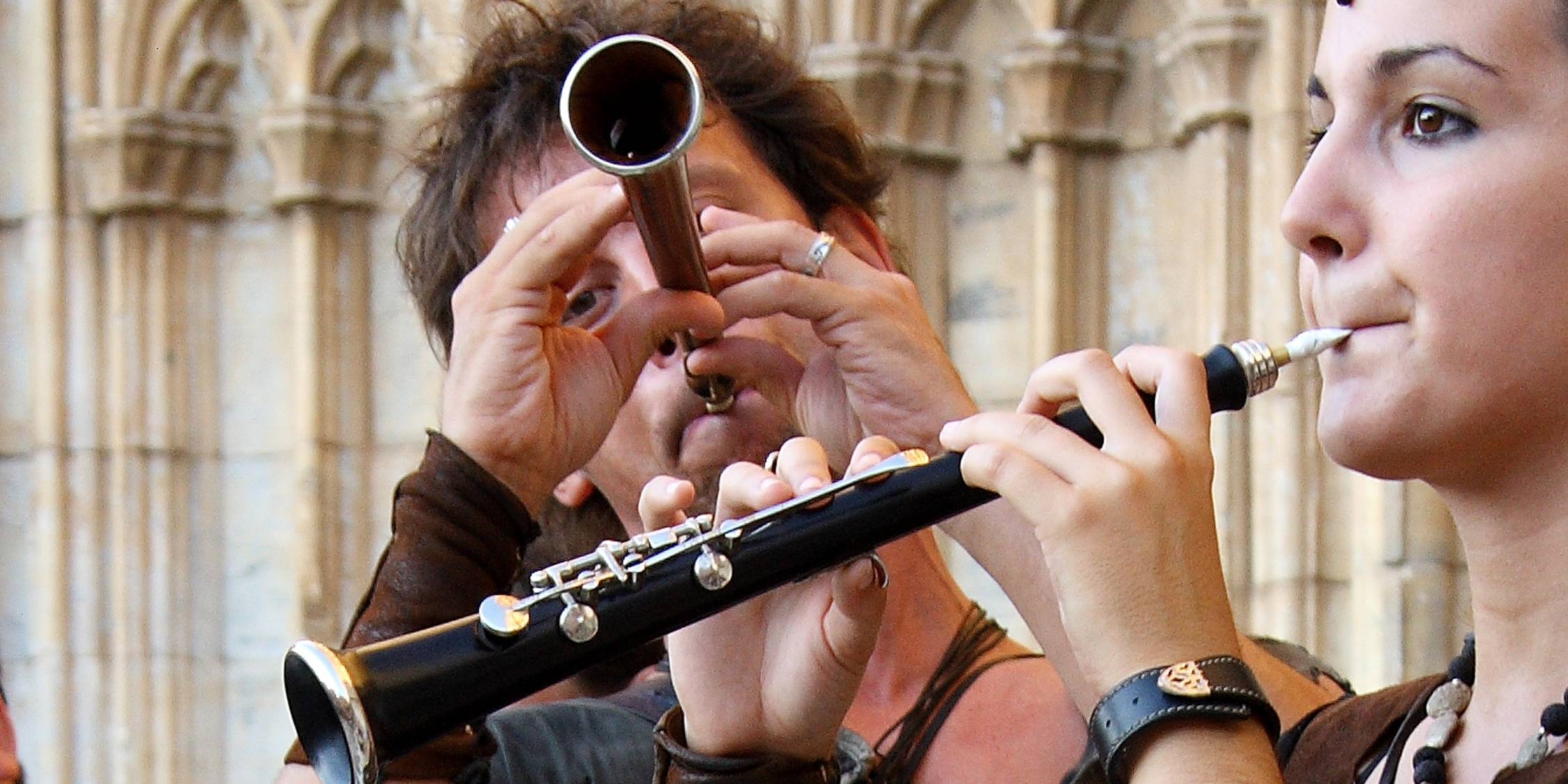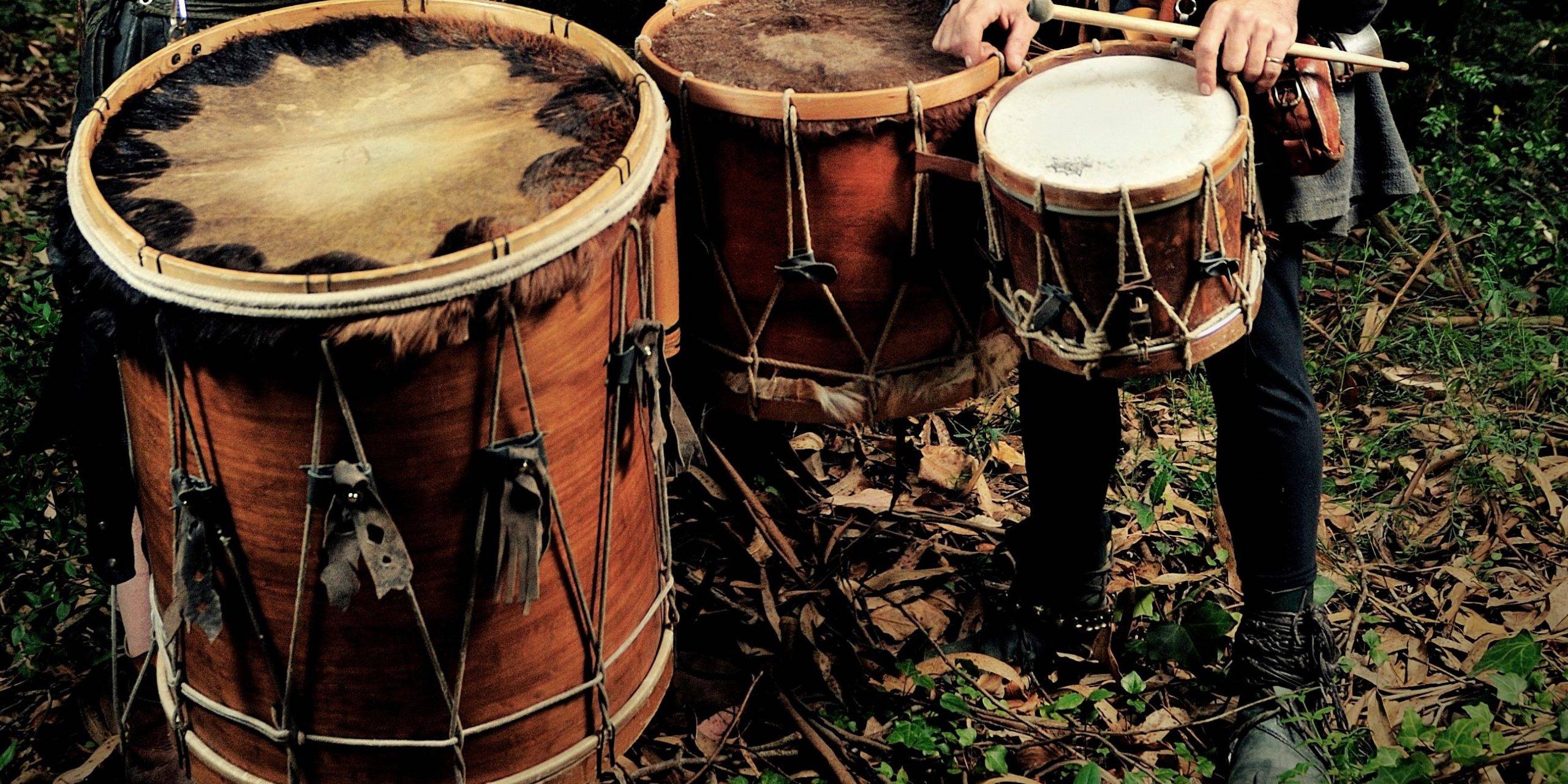The name of this instrument probably comes from the Italian word for an almond, mandorla, because of the shape of its body. It is a fretted stringed instrument played with a plectrum, and it consists of a body with a flat back cover and a handle with four double courses of metal strings tuned to the requirements of the musician.
The mandola and some similar instruments have common origins and form part of the lute family (from the Arabic al-‘ud, literally the wood, to differentiate it from those mandolas whose harmonic lid was made of leather). The huge range of instruments of this type, however, makes it difficult to follow their evolution. There is frequent discussion about how similar lutes, bouzukis, mandolas and other instruments from the same family are. The mandolin and the small mandolin have evolved directly from the mandola; the mandola is to the mandolin what the viola is to the violin.
The mandola is tuned a fifth lower than the mandolin and it has eight metal strings grouped into four double courses tuned in unison, from high to low: A, D, G, C. The three highest notes of the mandola (A, D, G) are the same as the three lowest ones of the mandolin. The mandola can be tuned in different ways according to the taste and requirements of the musician, but the norm is to tune it like the mandolin or the Irish bouzuki (an instrument also belonging to the lute family). Like all good instruments with double strings the basic technique for playing the mandola is the tremolando: a sustaining technique consisting of a rapid alternation of the plectrum on a single course of strings.
The mandola plays a vital role in the sonority of Els Berros de la Cort. It is the harmonic base and, together with the percussion, one of the rhythmic pillars of our sound. The mandola played by Els Berros de la Cort was made by the luthier Sedo García (http://www.sedoluthier.com).









